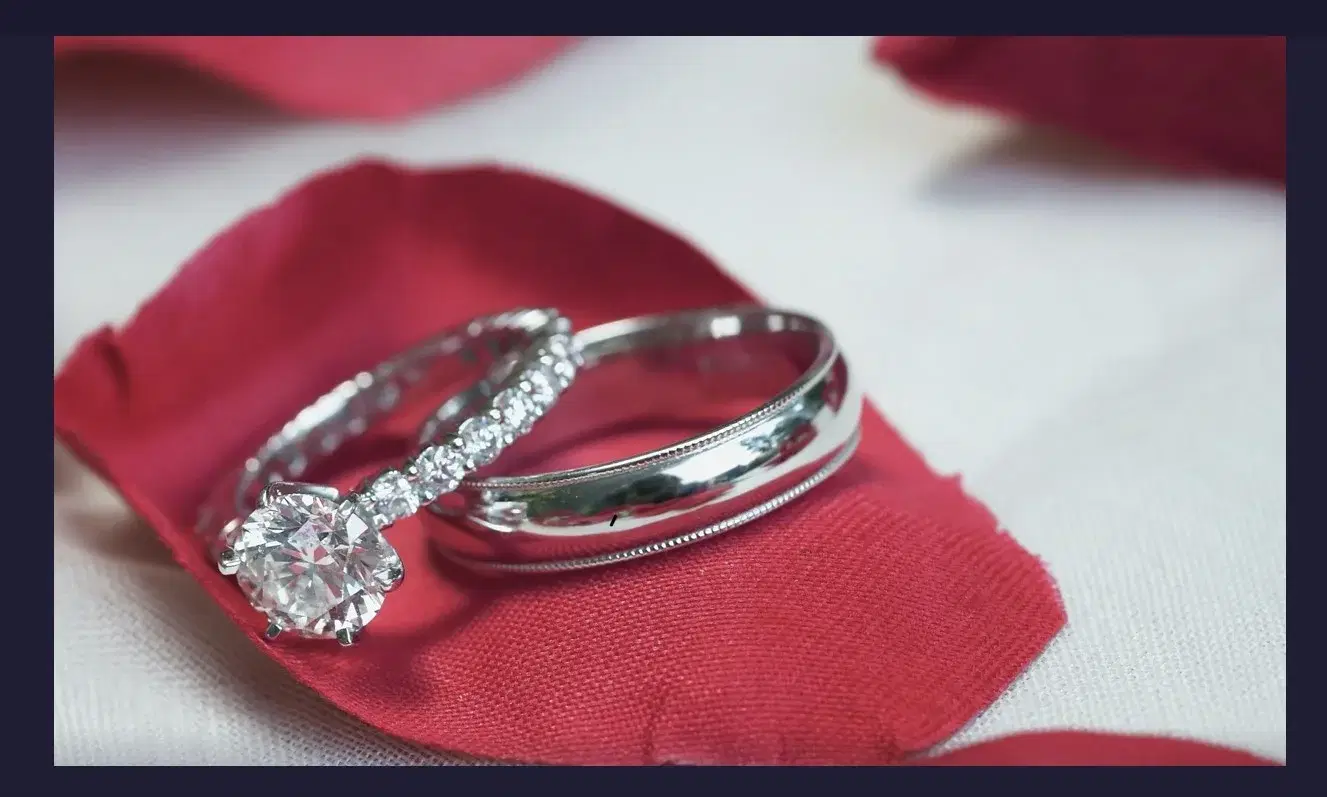While searching online or perusing a jewelry store’s price catalogs, it will be noticed that platinum is pricier than gold, both yellow and colored. Several factors contribute to the price difference.
One is the ductility of platinum, which is higher than that of gold, copper, and silver. The second is platinum's rarity, found in minimal concentrations deep in the earth’s crust. However, a significant amount of the metal also occurs in alluvial deposits in South Africa, Russia, and Columbia. Finding sufficiently sized and economic-quality platinum accumulations on nickel or copper ore is also common.
Most platinum extracted from the earth is native, meaning other elements are absent in its metallic structure. Platinum is part of a larger group of platinum elements. At times, this relationship can lead to the presence of end alloys (nickel and palladium). It is usually the case for platinum deposits found in nickel and iron ores in South Africa. The end alloy can also be rhodium resulting in a purity of 95-98 percent. Natural element impurities or not, platinum usually has a white or silver-ish color tone.
Watch this ring in HD 360°.
Pliability and purity make platinum a highly sought-after metal. The motor vehicle and jewelry industries make the most use of platinum. It is also one of the major commodities in financial markets and has widespread applications in the electrical field and medicine (dentistry).
White gold is a mixture of 24k gold and one or more white metals. The commonly used white metals are nickel, silver, or palladium. The portions of white metal used to create white gold differ from one piece of white gold jewelry to another. Regardless of the ratios incorporated, yellow gold is always the base metal. The primary white gold combinations include:
- gold-palladium–silver and
- gold–nickel–copper–zinc
Jewelers like the first alloy more because it produces malleable white gold that can be bent easily into different shapes. Like rose gold, white gold alloys give rise to a spectrum of colors. White gold shades can be very faint yellow, a tint of brown, or a pastel rose.
To get a flawless white appearance, jewelers sometimes do a rhodium flashing of the white gold jewelry. Rhodium flashing means plating the white gold jewelry with a thick (at least 1.0 microns) layer of rhodium to enhance the white color.
Watch this ring in HD 360° here.



